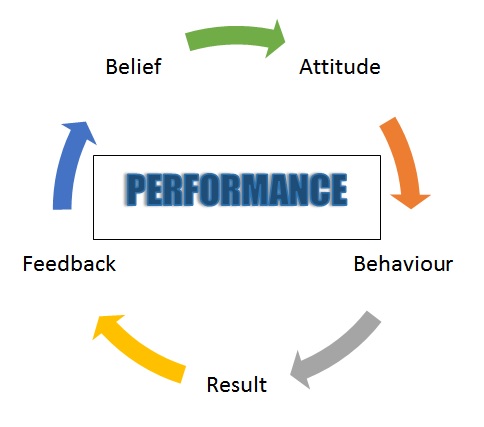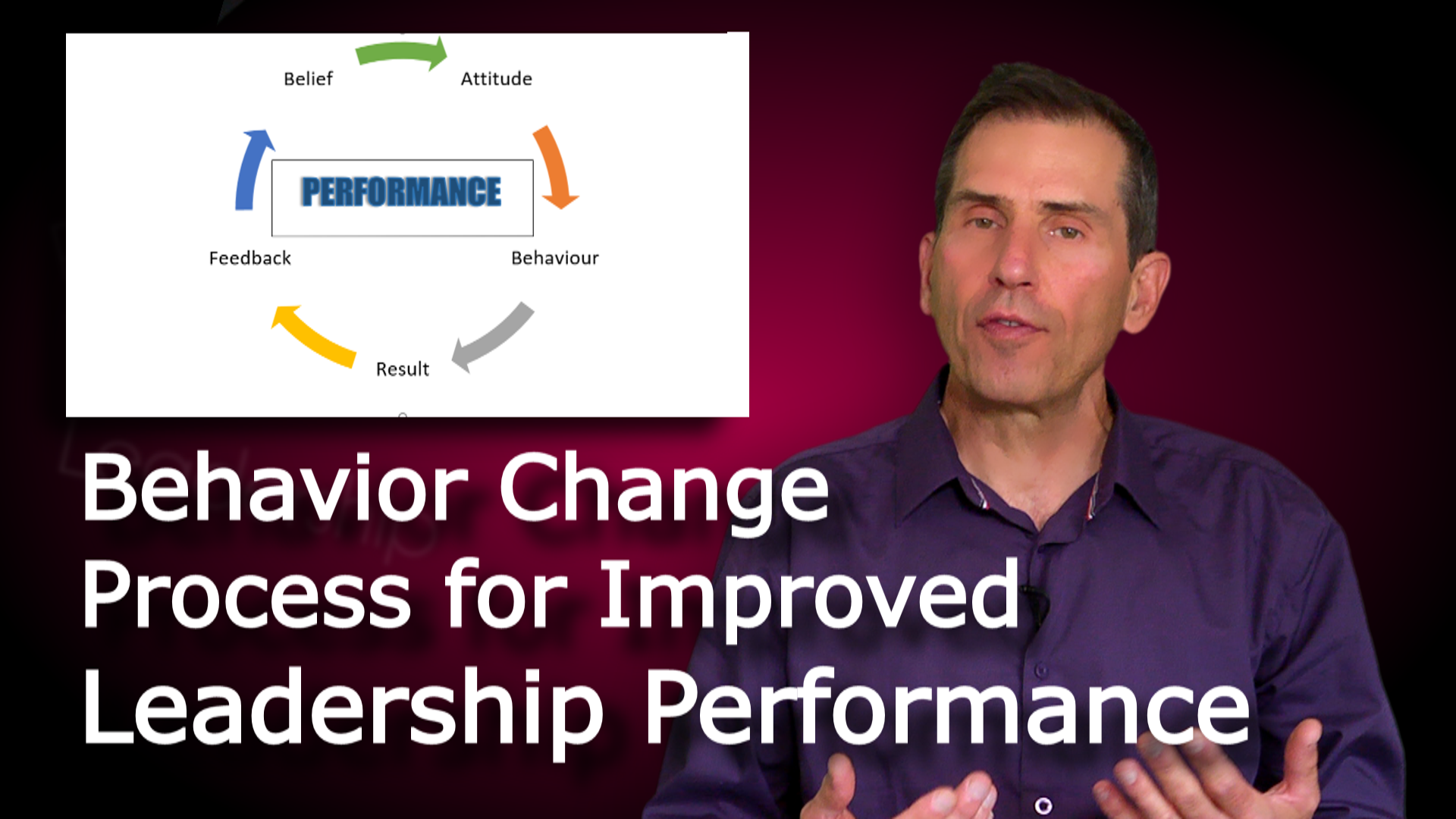To improve our performance, we need to change the habit that drives a particular behaviour. This is why change is so difficult as we all know how deeply ingrained habits are. Just try brushing your teeth with your opposite hand to know what I mean. It does not feel natural and we immediately want to go back to using the other hand as we can get the job done faster and easier.
In my last article and video, I talked about the tendency or fear according to our type that holds us back from being fully effective. I used the example of the type of person whose main motivation is accomplishment and whose fear is ineffectiveness. One of the negative tendencies of this type of person is to become impatient when the fear of ineffectiveness kicks in. The gut reaction of this type of person is to take charge and become somewhat controlling when things are not going as they see fit to accomplish a task or goal.
It seems simple that all this person needs to do is to become aware of this tendency and just be more patient and less controlling. But this is easier said than done because this tendency is deeply ingrained. Because it feels so natural attitudes get created that support the behaviour. For example, when this type of person feels they need to take charge they may do so in a forceful way that may seem aggressive to others. But their attitude may be that I just need to do this in order for things to be effective and others need to be told what needs to be done.
Change Process
The diagram below shows how attitude and beliefs drive behaviour, which creates habits and produces specific results. If the results are satisfactory to the person there is no reason to interrupt this process and try to change. Only negative results including negative feedback could cause the person to question their approach. But again they may justify it by thinking that everyone else must be wrong as they are doing the right thing.

So the change process must begin with awareness followed by choice and then action. This does take effort on three levels, intellectually, emotionally and physically.
Using our example, the leader being impatient and controlling, the first step is to acknowledge that this is a negative tendency at times because of the way it affects staff members. Choosing to do something about it means working out a plan and the goal to change the behaviour. Putting the goal in writing makes it a real commitment that can be tracked and measured. Writing down a goal is not simply charting it on a piece of paper and then forgetting about. There are several important steps involved in writing a goal and you can download my goal planning worksheet to get started. This is a new goal planning form I created for this process and will be used in subsequent blog articles and videos. It is related to the types of people approach developed by Fritz Glaus from his book CrazyZoo! Know-Thyself Made Easy.
Goal Planning for Change
One part of writing a goal to support taking action and changing a habit is affirmation and visualization. The other part is tracking progress to know if you are improving as this will motivate you to continue. Change usually comes in small steps so we need to recognize the improvements otherwise it’s easy to think you are not getting anywhere and just go back to old habits.
In my upcoming articles and videos, I will go more into detail on the specifics of writing a goal for behavioural change and to set a supporting affirmation and visualization technique.
